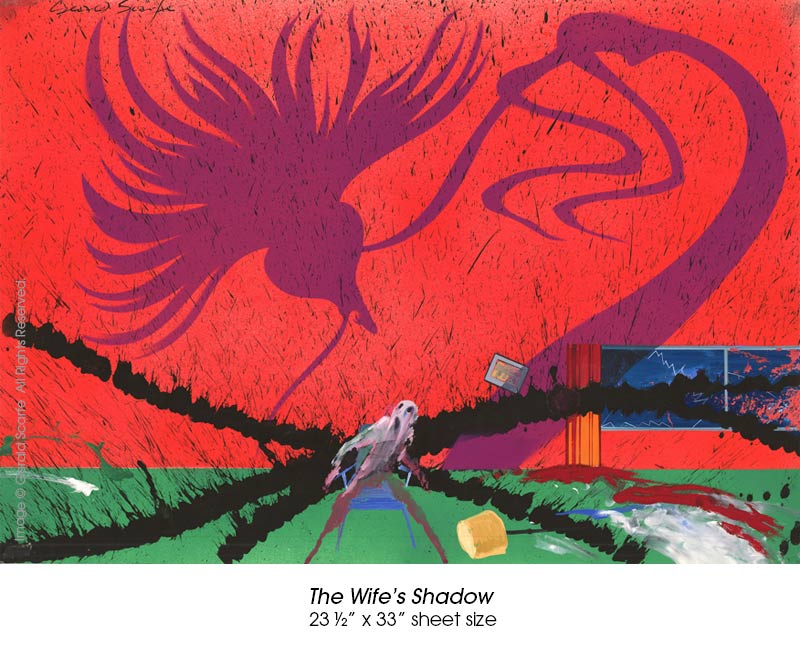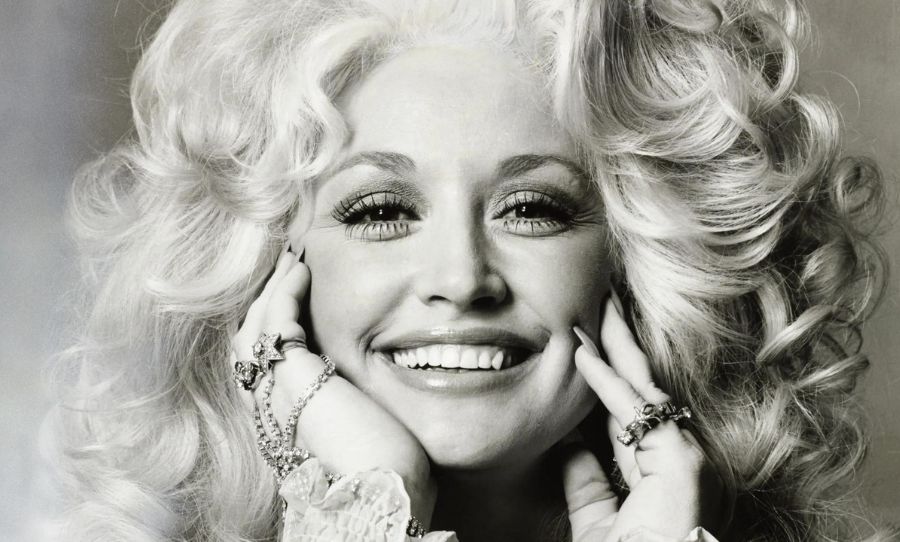In 1979, Pink Floyd built The Wall. Their most magnificent project yet was expansive, philosophical, and the signpost of their demise.
The Dark Side of the Moon (1973) is often referred to as the perfect album, whilst Wish You Were Here (1975) propelled Floyd’s stardom to the outer realms. After a slew of veritable masterpieces, the prog-rock giant that is Pink Floyd endeavoured to build their most ambitious construct yet, The Wall.
Following the 1977 Animals tour, crowds became so unruly that Waters spat on an audience member. Spurred by a growing aversion to the sacrificial rockstar he had become, Waters designed to build a wall between him and his audience.
In July 1978 the band reached a time of financial crisis due to negligent investments. Thus Roger Waters proposed two projects. A 90-minute demo entitled A Brick In The Wall, and what would become his first solo project, The Pros and Cons of Hitch Hiking.
Here’s how Pink Floyd built The Wall, brick by brick.

Captain Waters
“Sometimes I feel like the ship’s cook,” says drummer Nick Mason of his time with Pink Floyd. “I see various commanders come and go and when it gets rough you just go back down to the galley.”
Unquestionably at the helm of The Wall was Roger Waters. Co-producer Bob Ezrin wrote a 40-page script with Waters for the album based on the central figure of Pink – an epochal figure inspired by Waters’ childhood, most notably the death of his father in World War II.
This was the first metaphorical brick in the wall, and the problems spiralled from there. Pink later became a drug addict, depressed by the music industry, evolving into a megalomaniac loosely inspired by the mental decline of Floyd progenitor Syd Barrett. At the album’s end an increasingly fascist audience watch on as Pink tears down the wall of grief, becoming a normal, caring person once more.
It’s an expansive concept to say the least and – much like Pete Townshend’s rock opera Tommy from 10 years prior – it was a self-exorcism that tormented its creators for decades.
Behind the scenes Waters took control of the project, creating widening cracks in his already fractured relationships with bandmates. Halfway through recording, keyboardist Richard Wright was fired from the band for a lack of creative input.
Of the 26 songs on the double album, only four of them feature co-writing credits: Young Lust, Comfortably Numb, Run Like Hell (David Gilmour had a hand in these, the most accessible and successful tracks on the album, taking lead vocals on two), and The Trial, giving credit to Bob Ezrin.
Throughout the month-long recording sessions the musicians were rarely in the studio together, but it never mattered to fans. When The Wall was released it shot straight to the top of the charts and stayed there for 15 weeks, the longest number one the band ever had. Also due to it being a double record, it technically outsold The Dark Side of the Moon, with both records being counted to a total 23 million sold against Moon’s 18 million.
It also produced the band’s only number one single with Another Brick In The Wall Part II, topping the charts for four weeks.
Due to Waters’ increasing distaste for live touring and the fact that they built a literal, massive wall on stage brick-by-brick, their subsequent album tour was only limited to a few cities.
In 1983, Pink Floyd released the Final Cut, a sequel of sorts to the wall and more or less a Waters solo album. Within two years Waters was gone for good. In assembling a metaphorical, sonic wall between him and his audience, Waters severed his connection to his bandmates, ending the reign of one of rock’s most adventurous bands.
Pink Floyd – The Wall: the film
Pink Floyd – The Wall was a psychedelic concoction of animation, musical drama, and live action that was named after the album.
Written by Waters and directed by Alan Parker, the film is rich with metaphor and symbolism; a twisted storyline driven entirely by music. Bob Geldof played the main character, Pink, a young boy who struggles with an isolated childhood after suffering a lost father.
These rare, behind-the-scene photos pretty much summarise some of weirdness you can expect from the film, a piece of art which ultimately conveys the message that isolation is not the answer.



The warped animations characterising many of the film’s most mind-bending sequences began as paintings by political cartoonist Gerald Scarfe. He created a series of 50 paintings that would later come to life in the album’s iconic adaptation – Scarfe himself would personally animated the sequences.
The Scream was chosen on first sight by Parker as the film’s poster, while The Wife’s Shadow was shown directly to MGM executives and the filmmakers to help communicate the atmosphere of a scene.
In 2017 a selection of these paintings were put up for sale for the very first time through the San Francisco Art Exchange, giving the general public their first-ever look at some of the film’s radical concept art. Check a few out for yourself below.





Built to last
Even after its massive release, The Wall’s legacy has grown exponentially over the past 35 years. Its textured intimacy and grand rock moments have led to it being one the most concise concept albums of all time.
By the turn of the century however, the warring band members had enough solace to savour in The Wall and the shows that followed. “It was kind of iconic, wasn’t it?” said Gilmour as he remembered standing atop the highest brick of a wall built onstage for the album’s finest moment, Comfortably Numb.
“We knew when we were making it that it was a good record and that it would make a fantastic show. I can remember driving with Roger, one day towards the end of our time in France, and he said to me: ‘God, we must never stop working together, we make a great team’.”
A beautiful sentiment amidst the chaos of the time. Yet the final word on The Wall should be given to its mastermind, Roger Waters:
“It’s the third of a trilogy of great works I’ve been involved with, starting with The Dark Side Of The Moon, all the way to Amused To Death. To date, The Wall is my finest musical achievement.”



